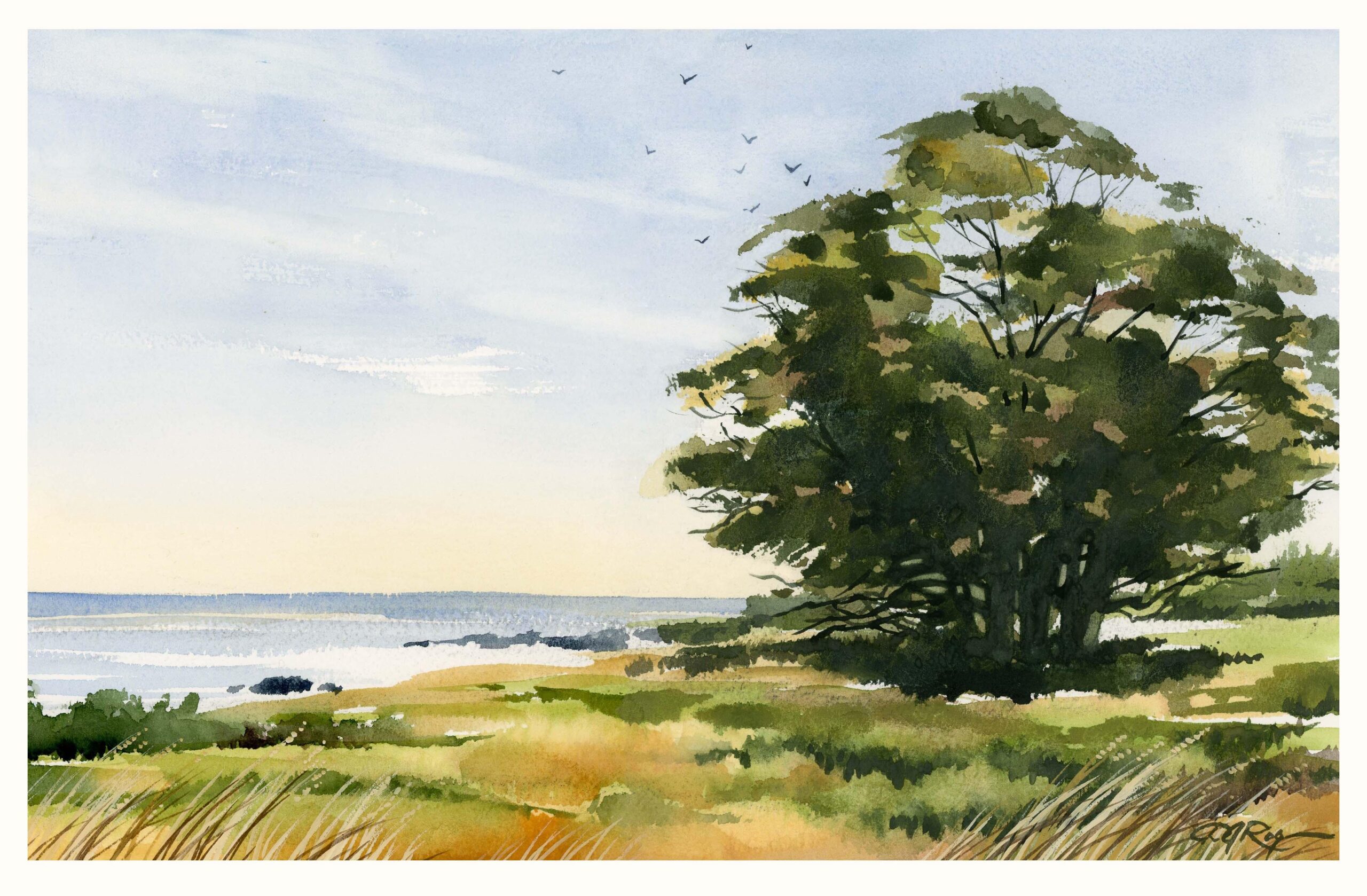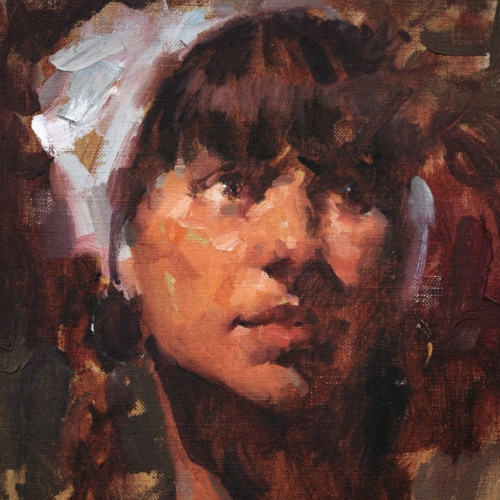Introduction
Watercolor painting is a beautiful and versatile medium that allows artists to create stunning, ethereal works of art. Whether you are a beginner or an experienced painter looking to enhance your skills, mastering the basics of watercolor painting is essential. In this blog post, we will explore key techniques, materials, and tips that will help you develop a strong foundation in watercolor painting.
1. Choosing the Right Materials

Before diving into the world of watercolor painting, it’s important to gather the necessary materials. Start with high-quality watercolor paper, which is specifically designed to absorb and hold water. Additionally, invest in a range of watercolor brushes with different shapes and sizes to achieve various effects. Finally, choose a set of vibrant watercolor paints that suit your preferences.
2. Understanding Color Theory
Color theory plays a crucial role in watercolor painting. Familiarize yourself with the color wheel and learn about primary, secondary, and tertiary colors. Experiment with mixing different colors to create unique shades and tones. Understanding color theory will help you achieve harmonious and visually captivating watercolor paintings.
3. Mastering Basic Techniques
3.1 Wet-on-Wet Technique
The wet-on-wet technique involves applying wet paint onto a wet surface. This technique allows colors to blend and create soft, diffused edges. Experiment with different brushstrokes and observe how the paint spreads on the wet paper.
3.2 Dry Brush Technique
Contrary to the wet-on-wet technique, the dry brush technique involves using a dry brush on dry paper. This technique creates textured and detailed strokes. Use this technique for adding fine details or creating interesting textures in your watercolor paintings.
3.3 Glazing
Glazing is the process of layering transparent washes of color to achieve depth and richness. Apply a thin layer of paint over a dried layer, allowing the underlying color to shine through. Experiment with different combinations of colors to discover the unique effects you can achieve through glazing.
4. Practicing Water Control
Water control is a fundamental skill in watercolor painting. Understanding how to control the amount of water on your brush and paper will help you achieve various effects. Practice controlling the level of wetness in your brush and experiment with different amounts of water on the paper to create gradations and textures.
5. Experimenting with Washes
Washes are large, even layers of color applied to the paper. There are three main types of washes: flat wash, graded wash, and variegated wash. Experiment with these techniques to create different backgrounds or to add depth and dimension to your watercolor paintings.
6. Creating Texture
Texture can bring life and interest to your watercolor paintings. Explore various techniques such as salt sprinkling, splattering, or using different tools to create unique textures. Experiment with different surfaces and papers to see how they affect the texture of your paintings.
7. Developing a Personal Style
While mastering the basics of watercolor painting, don’t be afraid to experiment and develop your own personal style. Explore different subject matters and find inspiration from other artists. Embrace your own unique approach and allow your creativity to shine through in your watercolor paintings.
8. Learning from Mistakes
Mistakes are an essential part of the learning process. Instead of fearing mistakes, embrace them as opportunities to grow and improve. Analyze your mistakes and learn from them. Keep experimenting and pushing your boundaries to continuously refine your watercolor painting skills.
9. Seeking Inspiration
Inspiration can be found everywhere. Visit art galleries, explore nature, and engage with other artists. Surrounding yourself with inspiration will fuel your creativity and motivate you to continue mastering the basics of watercolor painting.
Summary
Watercolor painting is an enchanting art form that offers endless possibilities for creative expression. To become a skilled watercolorist, it is crucial to understand the fundamental techniques and materials involved. This blog post serves as a comprehensive guide for beginners and experienced artists alike, providing insights into various watercolor techniques, such as wet-on-wet, dry brushing, and washes. Additionally, we will discuss essential materials and tools that are essential for watercolor painting, including brushes, paints, and paper. By familiariz other ing yourself with these basics, you will be able to embark on a journey of self-discovery and artistic growth in the realm of watercolor painting.

Welcome to my website! My name is Daniel Beasley, and I am a professional Indoor Air Quality Inspector with a passion for creating healthy and comfortable living spaces. With years of experience in the field, I have developed a deep understanding of the importance of maintaining a clean and safe environment in both residential and commercial settings.

